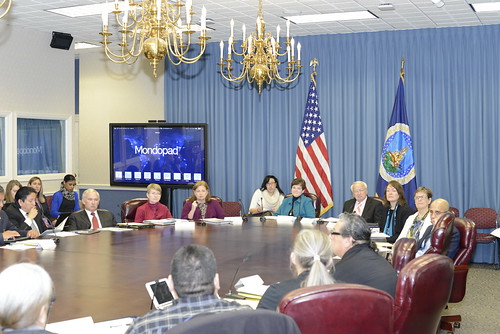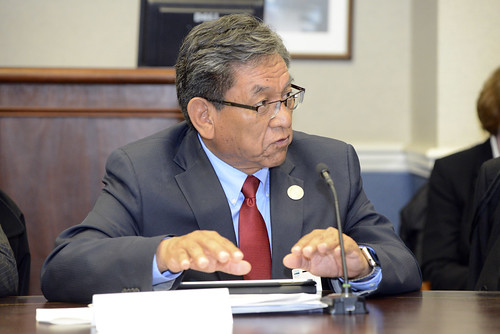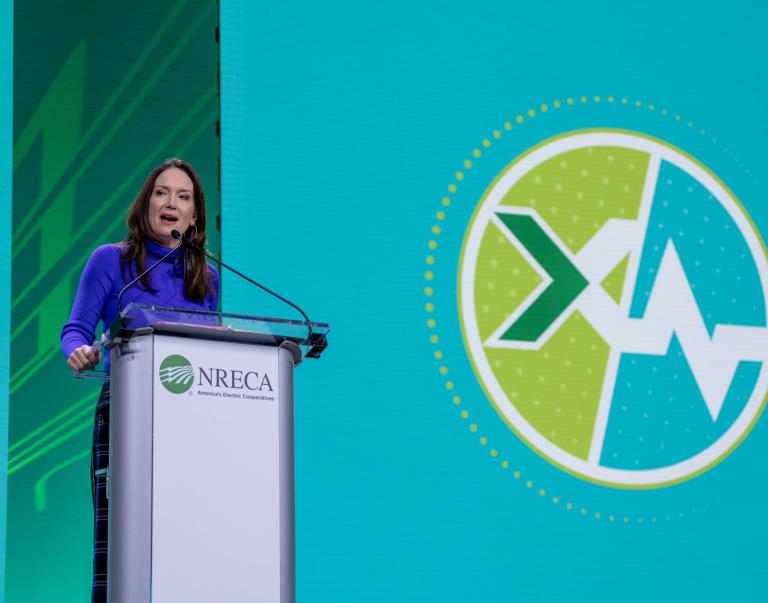
This February I had the great honor of participating in a meeting on the landscape of nutrition programs in tribal communities. The meeting in Washington, D.C. brought together elected leaders from 12 tribal nations across the country, as well as USDA Acting Deputy Secretary Michael Scuse and representatives of tribal organizations.
Nutrition wasn’t the only topic on the table that day, as leaders shared with us the wonders and challenges for those living within tribal communities. Elected leaders from as far west as Quinault Nation (along the coast of Washington) to representatives from Little Traverse Bay Band of Odawa Indians in northern Michigan, spoke of the beauty and tradition among their tribes, but also shared the challenges experienced by tribal youth, young families, single adults, and respected elders living on Indian reservations.
These challenges go beyond access to nutritious foods and touch on the many sectors that intersect to support a healthy life. Tribal leaders spoke passionately about the need for more economic opportunities, improved education for their youth, and tailored healthcare programs to combat high rates of diabetes and chronic disease prevalent in Indian Country. Ultimately, a takeaway for me was a better understanding of these challenges and the critical role USDA can play in supporting their nutritional needs and providing access to healthy foods for Native Americans across the country.
The meeting emphasized the integral role both USDA and tribal leadership must serve along this path. In collaboration with tribal representatives and the USDA’s Office of Tribal Relations, a permanent tribal consultation workgroup of elected tribal leaders and USDA officials will specifically explore improvements – both legislative and programmatic – that can be made to the Food Distribution Program on Indian Reservations (FDPIR).
FDPIR currently provides services to 276 federally recognized tribes. From a selection of over 100 products that include fresh fruit, vegetable, protein, grain and dairy options, eligible households receive a nutritious food package which they can customize within program requirements to meet their individual needs. FDPIR’s unique structure allows Indian Tribal Organizations to administer the program locally and set-up program operations that best fulfill the needs in their communities.
The establishment of a tribal leaders’ workgroup will provide a forum for elected leaders to come together with officials from USDA and share the unique challenges experienced in their communities. More importantly, it will provide a venue to discuss key issues and potential solutions to address access to traditional foods, enhanced nutrition education opportunities, and the availability of program funding to better meet the needs of local tribal operations.
To this end, the USDA is committed to working with elected tribal leaders to listen, learn, and lead in finding solutions. I am honored to have a seat at the table alongside tribal leaders as USDA establishes another way to engage in true government-to-government consultation with tribes.



